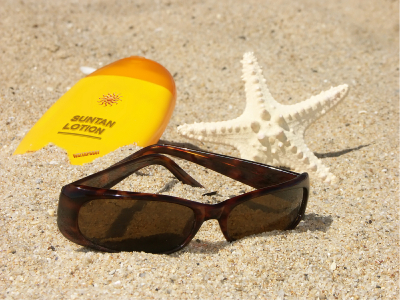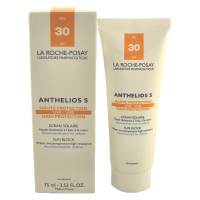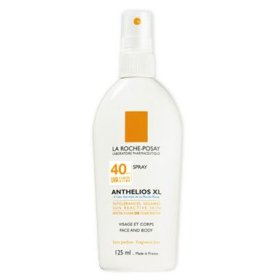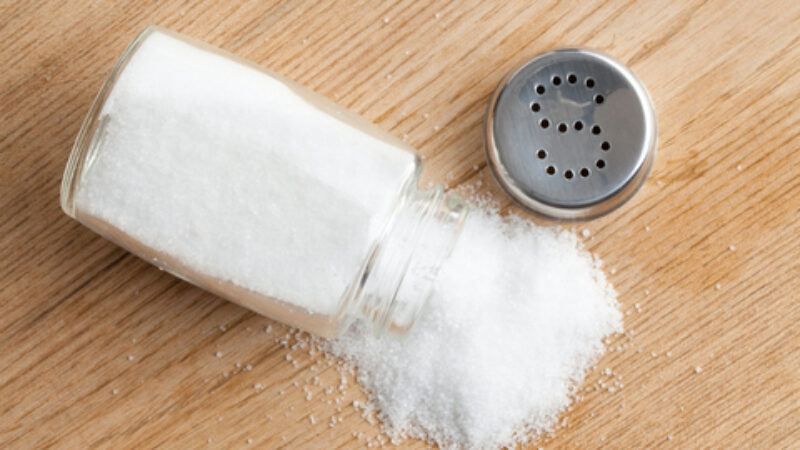What’s the Difference Between a water proof and a water resistant sunscreen?
 |
Though most of us wouldn’t think about spending a day at the beach without sunscreen, it can sometimes be a pain to reapply. So the lure of a “waterproof” formula is tough to resist. Sad fact though, is that waterproof doesn’t really mean waterproof; at least not in the way we might think waterproof to mean. |
Since 2002, FDA regulations have required companies to eliminate the use of the word “waterproof” when referring to sunscreens because it is misleading. However, you’ll still come across sunscreens labelled as waterproof so be armed with the knowledge of what you are buying.
Advances in research allow us to formulate sunscreens that adhere well to your skin. However, regardless of the claims, you will have to reapply if you’re sweating heavily or doing activity in the water. Technically speaking, “waterproof” sunscreen should provide protection in the water for 80 minutes. “Water resistant”, on the other hand provides only 40 minutes of protection. Today, the label ‘very water-resistant’ has replaced the term ‘waterproof’ for the most part. That means that a “very water-resistant” sunscreen should be reapplied after 80 minutes if you’ve been sweating or swimming.
|
Top pick |
You’ll find that both Ombrelle and Anthelios (our Mexoryl based sunscreen lines) formulate a range of water resistant and/or waterproof sunscreens. My top pick is Anthelios W SPF 40 Gel, which is labeled as ‘highly water resistant’. It is in a gel formulation so goes on clear and unnoticeable on the skin.
There are other water resistant formulations to consider if you’re looking for something that will stand up to your rigorous activities. |
:
| For kids. All these products are multi-resistant to sweat, water and sand | |
 |
Anthelios Dermo Pediatrics Lotion SPF 50+ |
 |
Anthelios Dermo Pediatrics SPF 50 Spray |









